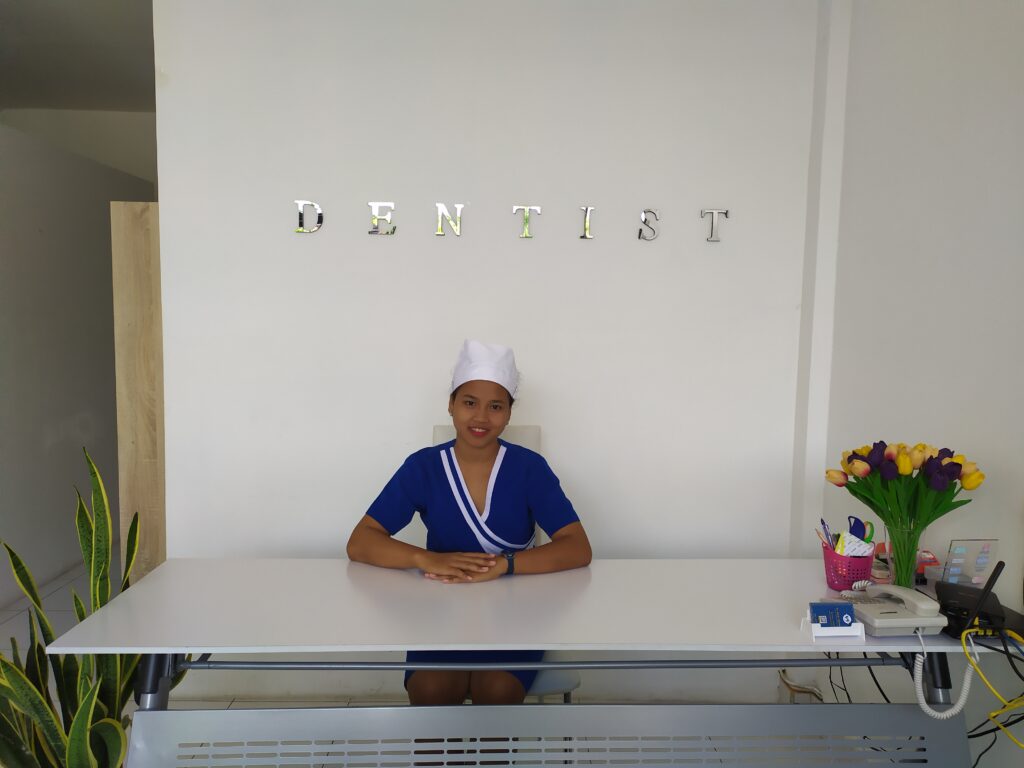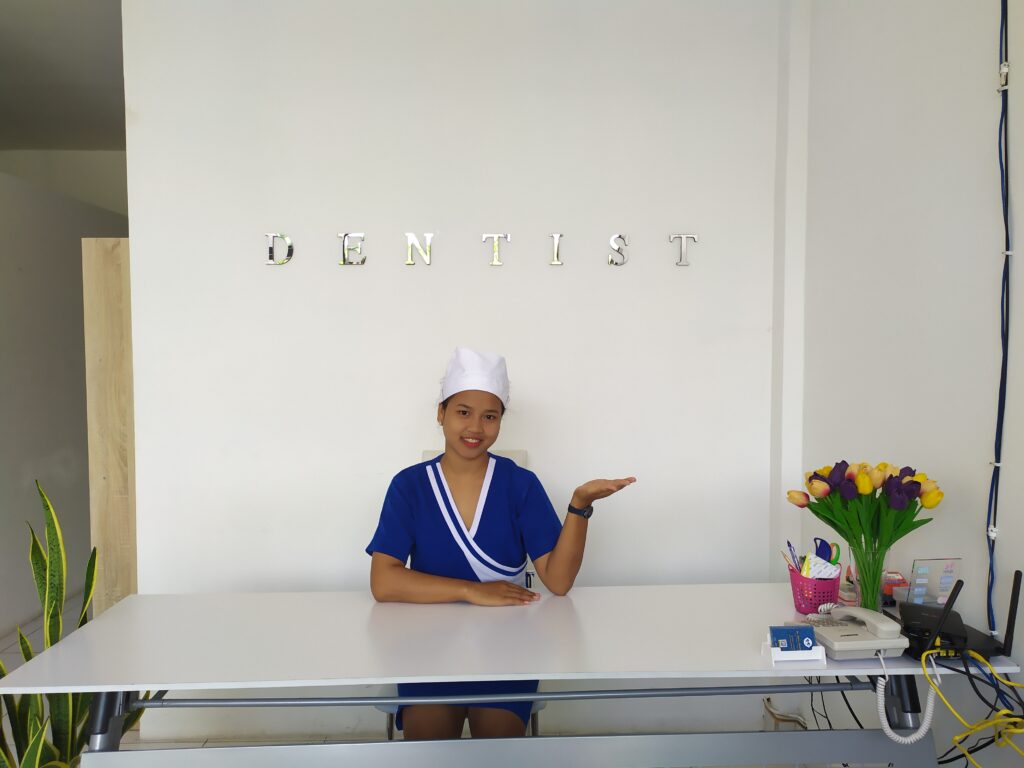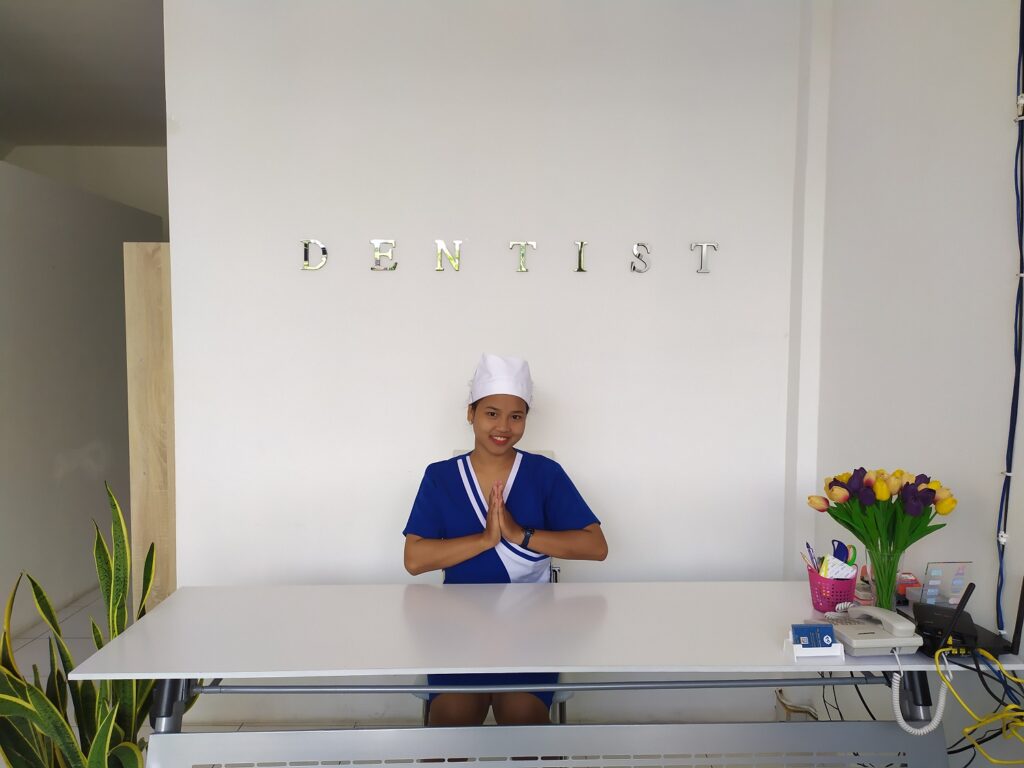Introduction
As we age, our teeth naturally lose their youthful brightness, often turning yellow or discolored. While this is a common part of aging, it can affect confidence and oral health. But why does this happen? And more importantly—can you reverse it?
In this , we’ll explore:
✔ Why teeth yellow with age
✔ Common causes beyond aging
✔ How to prevent and reverse discoloration
✔ Professional vs. at-home whitening solutions
Plus, we’ll include expert-backed tips, before-and-after comparisons, and actionable steps to help you regain a brighter smile.
Why Do Teeth Turn Yellow with Age?
1. Enamel Thinning
-
The outer enamel layer wears down over time, revealing the naturally yellow dentin underneath.
-
Factors like acidic foods, grinding, and aggressive brushing speed up enamel erosion.
2. Dentin Changes
-
Dentin (the layer beneath enamel) darkens naturally as we age.
-
This makes teeth appear more yellow or brown, even if enamel is intact.
3. Staining from Lifestyle Habits
-
Coffee, tea, red wine, and smoking leave deep stains that accumulate over decades.
-
Poor oral hygiene accelerates discoloration.
4. Medications & Health Conditions
-
Antihistamines, blood pressure meds, and chemotherapy can cause tooth darkening.
-
Dry mouth (xerostomia) reduces saliva, leading to more stains and decay.
Can You Reverse Yellow Teeth from Aging?
Yes! While you can’t stop natural aging, you can slow discoloration and brighten your smile with these methods:
1. Professional Teeth Whitening
-
In-office bleaching (up to 8 shades whiter in one session!)
-
Laser whitening (fastest and most dramatic results)
-
Custom take-home trays (prescription-strength whitening)
Best for: Deep, stubborn stains.
2. At-Home Whitening Kits
-
Whitening strips (Crest 3D Whitestrips)
-
LED whitening kits (Snow Teeth Whitening)
-
Whitening toothpaste (for maintenance)
Best for: Mild to moderate discoloration.
3. Veneers & Bonding
-
Porcelain veneers (cover stains permanently)
-
Composite bonding (fills in gaps and whitens teeth)
Best for: Severe discoloration or enamel loss.
4. Natural Remedies (Limited Effectiveness)
-
Oil pulling (coconut oil) – May reduce bacteria but won’t whiten dramatically.
-
Baking soda & hydrogen peroxide – Mild stain removal but can damage enamel if overused.
How to Prevent Yellow Teeth as You Age
✅ Brush 2x daily with fluoride toothpaste
✅ Floss daily (prevents plaque buildup)
✅ Limit stain-causing drinks (use a straw for coffee/tea)
✅ Chew sugar-free gum (stimulates saliva to protect enamel)
✅ Get regular dental cleanings (removes surface stains)
Before & After: Real-Life Transformations
Case Study 1:
-
Age: 55
-
Issue: Heavy coffee stains + enamel wear
-
Solution: In-office Zoom whitening
-
Result: 6 shades brighter in 1 hour!
Case Study 2:
-
Age: 65
-
Issue: Tetracycline (antibiotic) stains
-
Solution: Porcelain veneers
-
Result: Hollywood-white smile!
Expert Dentist Recommendations
We interviewed Dr. Sarah Lee, DDS, who shared:
*”The best anti-aging tip for teeth? Prevention. Use a soft-bristled toothbrush, avoid abrasive whitening pastes, and see your dentist every 6 months. For fast results, professional whitening is safest for older adults.”*
Conclusion
Yellow teeth don’t have to be an inevitable part of aging. With the right care, whitening treatments, and prevention habits, you can maintain a bright, youthful smile at any age.
Have you tried whitening your teeth? Share your experience below!
For more artikel :
- https://fgmdentalgroup.com/intl/blog/posts/myths-and-facts-about-teeth-whitening/
- https://mcmahonfamilydental.com/teeth-whitening-busting-five-teeth-whitening-myths-with-facts/
- https://dentist-alderley-newmarket.com.au/naturally-receding-gums-can-be-reversed-naturally/
- https://my.clevelandclinic.org/health/diseases/22753-gum-recession
- https://penndentalmedicine.org/blog/foods-for-teeth-health/


